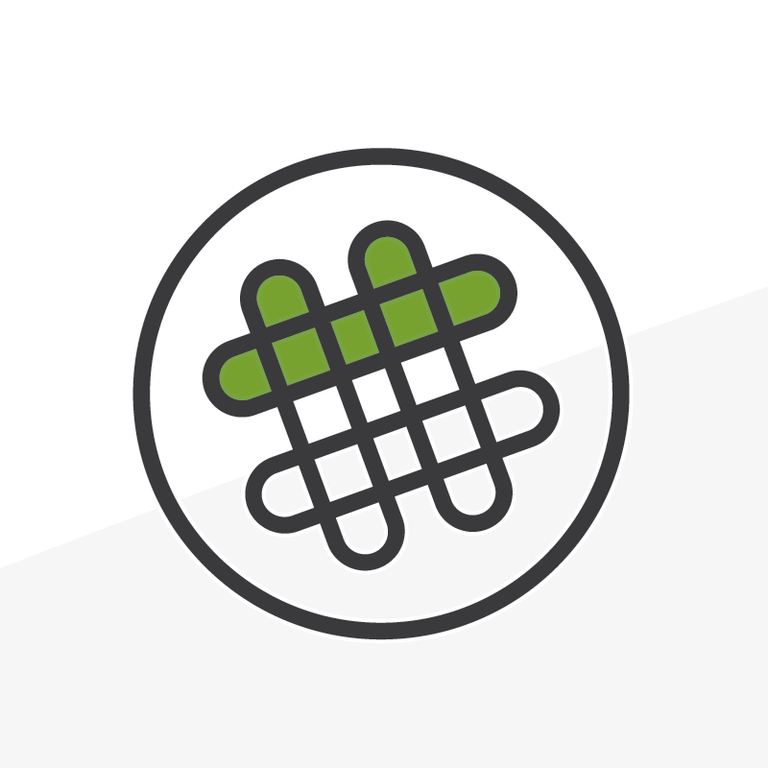
High-Level User Stories for Salesforce & Slack
After the well-publicized and highly visible acquisition of Slack by Salesforce, I started to think about how I would want these two technologies to work together. In doing so, I created a few high-level user stories, perhaps the product teams at Slack or Salesforce respectively will see these and run with them. Here’s what I’d like to have happen.
Account Selling & Servicing Use Case
On an Account and in a little component I would like the ability to contextually chat about the Account. As both a sales user and the owner of the record, I am in control. I would get to choose if I want a Slack channel created for this Account or not. Perhaps I click a button, and bam, like magic, a Slack channel is created using a common naming convention and inviting, by default, any members of the Account Team.
The idea here is to not overwhelm Slack. Too many channels in Slack makes it less inviting and more overwhelming. Of course, I see this as a user clicking a button on the Account and creating the Slack channel right then and there in context. However, I can see where some slick admins would want some platform automation here. As an admin, I should be able to automate at the very least the manual steps just described. As a part of the automation, the admin should be able to decide things like if the channel is public or private, to invite everyone on the Account Team or not, or perhaps invite anyone who can see the record within the already existing security model in Salesforce. All of these preferences should be available so admins can supercharge the automation/creation of the collaboration spaces within Slack.
Service Use Case
Chat and bots would communicate within the Account’s channel. Just like in the above scenario, we will continue to leverage our Slack channel created for an Account. Anytime a Case is created within this Account a message would be sent to the Slack channel alerting those in the channel about the new Case.
Internally, collaboration can occur in real-time. Chatter is nice, chat is better for critical real-time answers and communications. Additionally, bots can start to post the communications that are occurring externally into the Slack channel. As a user, I can imagine an email goes out to our customer and at the same time, inside of Slack, it is automatically posted to the channel. With the ability to read the body of the email inside the channel, we can communicate and collaborate about it, along with any inbound emails received back, right there. The Slack channel becomes the window into all communications internally or externally.
Community Use Case
There are entire communities that are based in Slack. Communities that are organized around things like podcasts, nonprofit programs, and even Salesforce itself. Here we would unleash the power of Slack and the communication engine between and amongst internal employees, external stakeholders, and constituents.
I can imagine a nonprofit organization that is staffed almost entirely by volunteers. Those volunteers require the ability to communicate amongst themselves, but, also with the organization they are volunteering for, as well as the people who they are serving. Everyone collaborating and communicating in real-time toward a common cause and goal is a very exciting proposition and one that Slack can help to bring to fruition.
The Enterprise Collaboration Backbone Use Case
First, let's start with Files, Quip, Notes, Notes & Attachments, and other external sources that can be integrated into Files Connect such as Google Docs and Microsoft Sharepoint. That is a whole lot of collaboration and document management capabilities that are completely disjointed and disconnected. Enter Slack and its Files capabilities and we have more of a headache than a solution to a problem. Perhaps though, all these options can come together.
Quip is where enterprise collaboration and communication should start in my opinion. It has the ability to create documents, store documents, and has real-time collaboration built-in already. Users would love to expand on this with the use of Slack, and, in essence, a document just becomes a Slack channel with the physical file pinned to it. All of the collaboration and chat occurs via Slack, it can happen in the Slack UI, it can happen in the Quip UI, but the underlying technology is Slack and it is pervasive across the entire enterprise.
This is where I believe I end for now with all these user stories, at a high level. Slack becomes the enterprise level communication and collaboration standard for all companies and organizations using Salesforce & Slack. They turbo-charge each other and complement each other very well so long as they do not try to overlap capabilities. This is why I feel as though Slack becomes the technology for communication and collaboration embedded within all other aspects of the Salesforce platform.
Ultimately it’s the answer to Microsoft Teams and it solves a need at many organizations, including here at Arkus where we are Slack users. As a user, I can attest, Slack is very sticky and adoption is extremely high as it’s rather fun to use. It’s not often that can be said about enterprise software. Bring some of that fun into the core product that is Salesforce and we start to experience the magic ticket of enterprise software with a consumer software feel to it.
What do you want to see Slack and Salesforce do together? Reach out to the Arkus team through our Slack Services page.
